Does Iowa Have a State Insect? What You Need To Know?
-
Pete Ortiz
- Last updated:
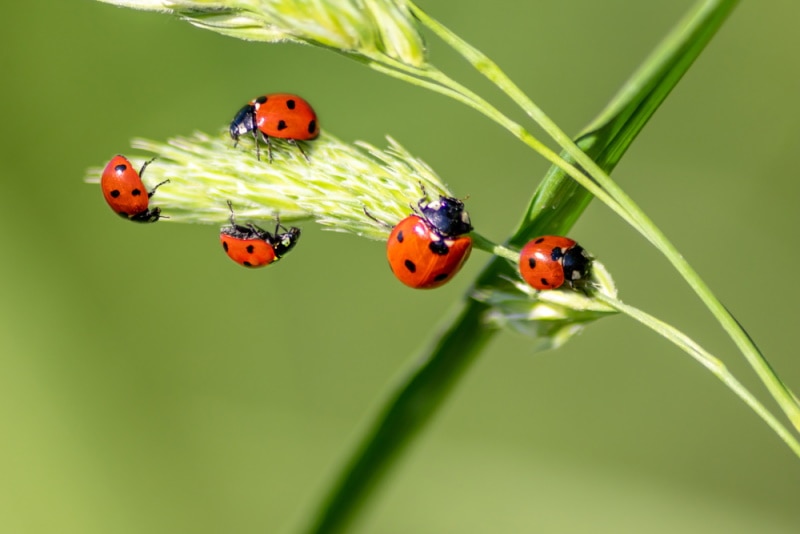
48 US states have state insects or butterflies and some states have gone even further to have more than one state insect, mammal, fish, or reptile. At four, Tennessee has the highest number of state insects. Currently, it recognizes the common eastern firefly, 7-spotted ladybug, European honey bee, and the Zebra swallowtail as state insects.
On the other end of the spectrum, Iowa and Michigan have none. So why isn’t there a state insect in Iowa? A simple answer is that lawmakers are not prioritizing having one.
Possible Candidates for Iowa’s State Insect Title
Although Iowa doesn’t have a state insect, it doesn’t mean lawmakers have not considered having one. Here are some of the most likely candidates:
The Monarch Butterfly
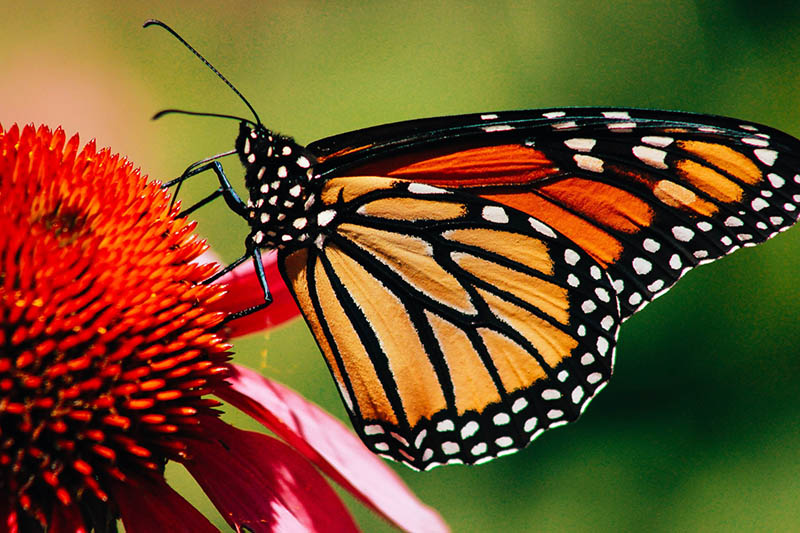
Extensively linked to open skies, milkweed, and flowering trees, the monarch butterfly was and still is a possible candidate for this title. The butterfly flashes its wings around Iowa in search of nectar and milkweed to lay eggs while following its legendary migration route.
The monarch was abundant in Iowa around the 1960s and 70s. Unfortunately, their numbers have dropped considerably. Protecting them is a topmost priority giving Iowa legislators a possible reason why it should be crowned with the state insect title.
The Honey Bee
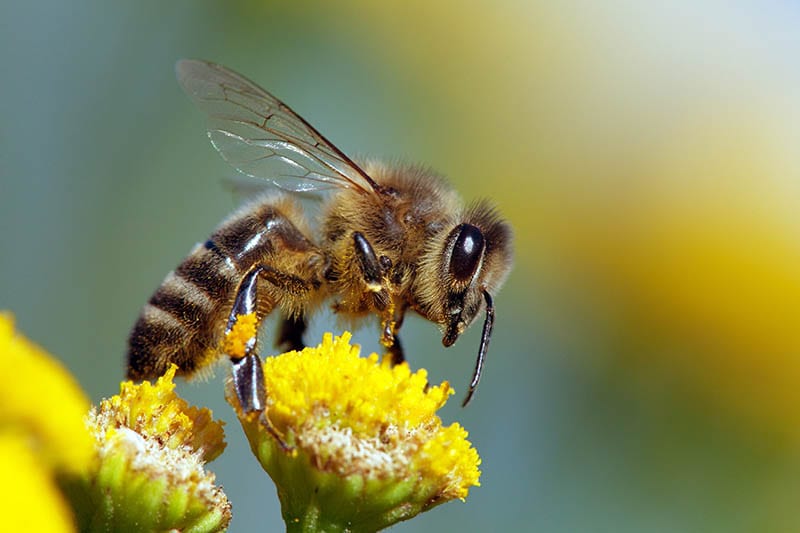
According to the Des Moines Register, in the latest quest to have a state insect, Iowa lawmakers sweetened up the deal by suggesting the honey bee as the state insect. In the past, the honey bee had been proposed but the bill was quickly shelved. No one has ever pointed out reasons why it did not go through.
With more than 75% of Iowa’s surface area devoted to farming and accounting for more than 38% of its GDP, bees are crucial in pollinating many food crops. Besides pollination, Iowa has over 45,000 bee colonies managed by close to 5,000 farmers. In a good year, they will produce over 4 million pounds of honey.
The Ladybug
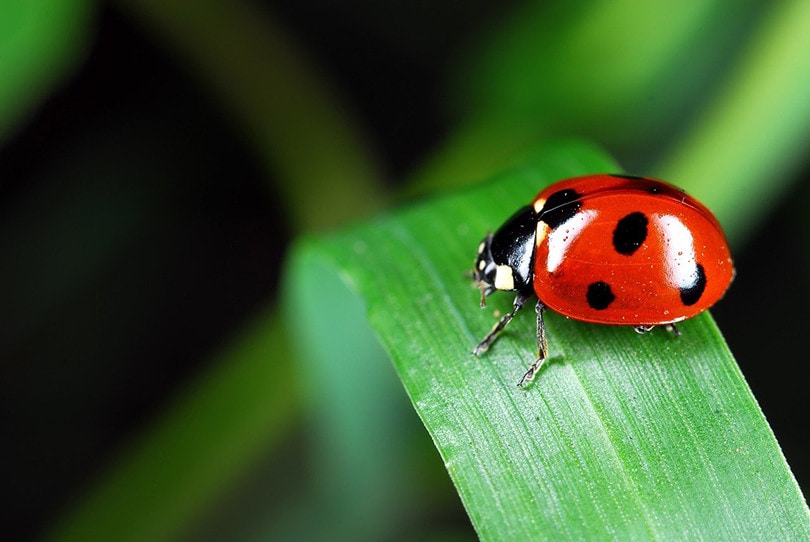
The ladybug is a state insect in eight states, and Iowa was once considered to be the ninth. The ladybug is an accomplished hunter that feeds on plant pests eating as many as 75 aphids per day. Unfortunately, the ladybug bill that was heavily lobbied in the 1990s and 2000s was not acted upon.
It is unclear which species of the ladybug was a possible candidate since the state has more than 12 species.
What Is the Importance of State Insects?
Food
Many insects, such as bees, contribute directly to food production. They produce honey that has high nutritional value as well as a source of soft-earned income. South Dakota, for instance, produced over 12 million pounds of honey worth over $23 million in 2018.
The honey exported by the state was a source of food for many. To commemorate the bees for their great work, South Dakota designated the European honeybee as their state insect in 1978.
Protecting Endangered Insects
Urbanization, coupled with deforestation and excessive use of farm chemicals, has endangered many insects. While the problem is being addressed from many angles, many are not aware that more than 40% of insect species worldwide are declining alarmingly.
States like New York and Montana are bringing endangered insects to the limelight by recognizing them as state insects. New York and Montana have designated the 9-spotted ladybug and the monarch butterfly as their state insects, respectively. Statistically, the population of these two insects has plummeted by over 90% in the past four decades.
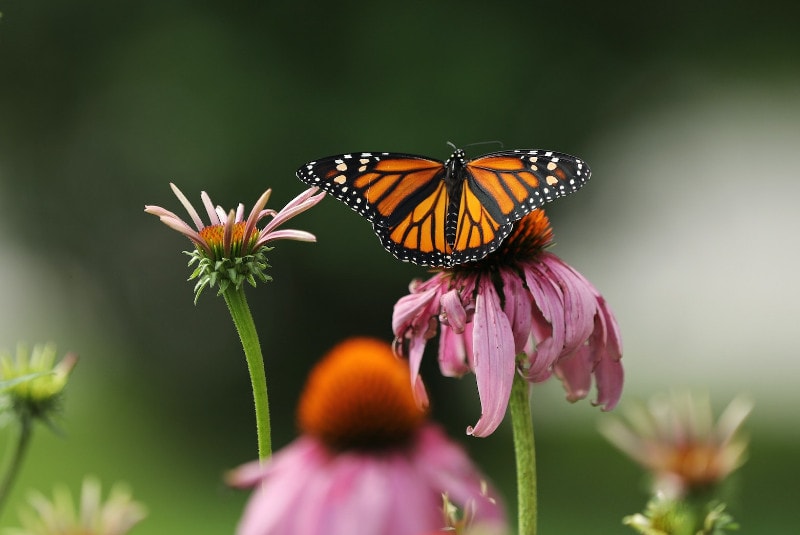
Acknowledging Their Beauty
Despite being bugs, insects are beautiful in their own way.
North Carolina’s eastern tiger swallowtail is a majestic butterfly species. Males have yellow wings, and each has tiger stripes running from the edges. Their edges are surrounded by black bands, but the thickness of each band varies and is as unique as a fingerprint.
Females are dimorphic, meaning they exist in two forms. Yellow morphs are almost identical to males but with a conspicuous band of blue spots running along the edges of the wing. Dark morphs, on the other hand, are completely black.
Another example is Florida’s zebra longwing. Adults are medium-sized with impressive long wings (up to 4 inches long). The dorsal side of the wings is black, highlighted by white and yellow narrow stripes. The ventral side is also black but adorned with red spots.
Having these two insects as state insects is a good way to appreciate their beauty.
Acknowledging Their Extraordinary Features
Nature is full of wonders, and to confirm that, some insects are equipped with extraordinary features to allow them to live in an unforgiving environment. Indiana’s “Say’s” firefly glows at night. Scientists believe that this common habit that is in beetles, too, is to attract mates and is made through a bioluminescence chemical reaction. Fireflies nonetheless illuminate our skies in summer and create wonderful memories.
Another specially equipped insect is the tarantula hawk wasp. It is New Mexico’s state insect and an aggressive spider hunter. The wasps tackle tarantula spiders from their burrows or on open sands, harpoon them with a stinger, and inject a neurotoxic venom. The spider will be paralyzed and dragged into another burrow but continue living to be eaten by the wasp’s larva.
Conclusion
Iowa doesn’t have a state insect or butterfly despite several attempts to have one. The monarch butterfly, European honeybee, and ladybug have been on the radar for this title. While the reasons why Iowa and Michigan do not have state insects are unclear, many people think legislators are not doing enough to prioritize them.
Featured Image Credit: sunakri, Shutterstock
Contents



